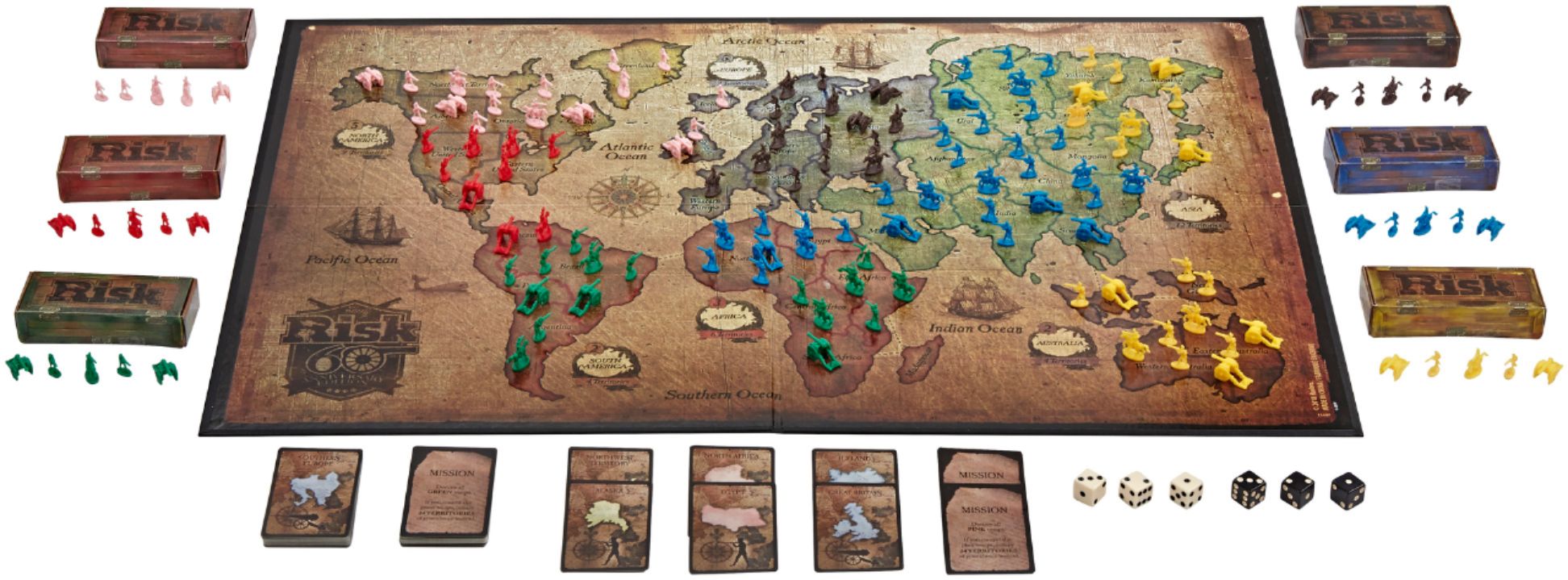Now that we’re almost 75% of the way through a wild 2020, I’d like to take some time to discuss risk. Risk can be a scary word to some, but I think it’s all relative to your situation and how you perceive risk. The risk mindset a 38 year old has with saving for retirement (20+ years away) vs. the risk mindset they may have while saving to update their kitchen should be very different. With the way the market has performed this year, it’s a great time to evaluate how you perceive the risk you take with the decisions that affect your financial life.
Bringing Balance to the Risk Tolerance Continuum
When you are making a financial decision, do you intentionally weigh the potential risks and rewards? Is weighing that balance more of a rational or emotional process for you? In other words, do you tend to rely more on facts or on feelings?
For example, when Karla got a promotion at the architectural firm where she is employed, she gave serious consideration to buying a new car. She thought about the practical and emotional rewards of having a new car such as: 1) having a dependable means of transportation, 2) getting better gas mileage, 3) portraying a successful image to her clients, and 4) experiencing the pride and pleasure that comes with owning a new car (there’s nothing like that new car smell!).
Karla also pondered the risks of purchasing a new car: 1) higher insurance premiums, 2) increased expenses which would reduce the amount she could invest in her retirement plan, 3) unknown maintenance and repair costs, and (4) the emotional weight of greater financial obligations.
Like Karla, when making financial decisions, we all consider the risks and rewards we might experience. However, some of us focus more on the potential losses (risks) and some of us focus more on the potential gains (rewards).
In the world of investing, when someone asks you about your “risk tolerance,” they are really asking you about your emotional response to the possibility of loss versus the possibility of gain. At one end of the risk tolerance continuum are those individuals who are averse to risk. They focus their thinking on the “loss” part of the equation. For them, “risk” is anxiety producing and a factor to be avoided. They want to stick with the known and predictable. They value stability in their financial lives above all else and are willing to sacrifice higher returns to achieve that sense of guarantee.
At the opposite end of the risk tolerance continuum are those who are addicted to risk. They focus on the “gain” part of the equation. For them risk is exciting and alluring; the potential for financial reward is irresistible. In order to “get rich quick,” they are willing to gamble with their money. Financially speaking, they get a kick out of living on the edge and taking chances.
Both of these examples of risk tolerance—risk aversion and risk addiction—are the extremes. Individuals at either end of the risk continuum operate more on feelings than on facts. Those who are either averse or addicted to financial risk are operating in economic “danger zones,” and both types are jeopardizing their long-term financial security.
Therefore, it is important to seek the middle ground on the risk tolerance continuum and to commit to becoming a calculated risk taker. In making wise financial decisions, the calculated risk taker does not avoid risk or exploit risk, but rather learns to manage risk.
It is interesting to note that financial education and self-awareness can remedy both the risk avoider and the risk exploiter. Knowledge and insight is the antidote needed for overcoming the emotional responses that can sabotage sound money management and investment decisions.
Therefore, to become a calculated risk taker, you must first become aware of the underlying emotional motivators that repel you or draw you to financial risk. Take time to reflect on the factors that frame your money attitudes and behaviors. In addition, ask yourself if you tend to swing back and forth between risk aversion and risk addiction depending on the kind of financial decision you are making.
The next step is to educate yourself so that you can replace irrational responses with rational decisions. You’ll reap high returns by increasing your financial knowledge. For example, you could take a course offered by your employer, a community college, or a trusted financial advisor. You could also read books on personal finance that offer sound advice based on proven principles, not the hottest trends or theories.
In addition, consider the following tips for becoming a calculated risk taker and effective financial decision maker:
- Take time to learn the basic differences and similarities between common savings and investment vehicles: savings accounts, money markets, certificates of deposit, bonds, mutual funds, and stocks.
- Learn how to categorize savings and investment vehicles as 1) cash equivalent, 2) income producing, 3) growth producing, or 4) speculative.
- Match savings and investment vehicles to financial goals: short-term goals to cash equivalents, mid-term goals to income producing, and long-term goals to growth producing. Put only “extra” investment dollars in the speculative category.
- Pay attention to the old adage; “Don’t put all your eggs in one basket.” Instead, spread savings and investment dollars across all categories and in a variety of savings and investment vehicles.
Reprinted by permission of Money Quotient, Inc.
In order to have long-term investment success it is important to remember that there is an important difference between emotional risk tolerance and smart financial risk tolerance. How do you manage your emotions with long-term investments into stocks and more volatile investments? To keep it simple, don’t look at your account balances as often, turn off the financial news networks, and just trust that over time your values will increase as long as you’re adding to your balances at periodic intervals and not fiddling too much!

